Archive | Agriculture and natural resources RSS feed for this section
Agriculture and natural resources
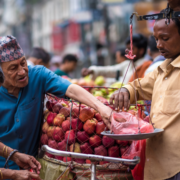 Agriculture and natural resources, Climate change
Agriculture and natural resources, Climate change
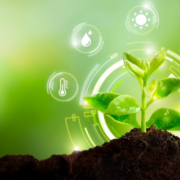 Agriculture and natural resources, Water
Agriculture and natural resources, Water
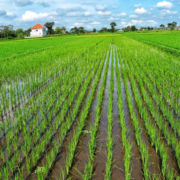 Agriculture and natural resources, Information and Communications Technology
Agriculture and natural resources, Information and Communications Technology
 Agriculture and natural resources, Economics, Water
Agriculture and natural resources, Economics, Water
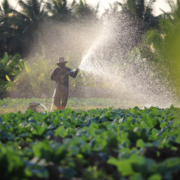 Agriculture and natural resources
Agriculture and natural resources
 Agriculture and natural resources, Information and Communications Technology
Agriculture and natural resources, Information and Communications Technology
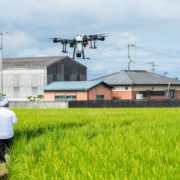 Agriculture and natural resources, Climate change, Environment
Agriculture and natural resources, Climate change, Environment
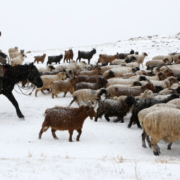 Agriculture and natural resources, Energy, Governance and public sector management, Poverty
Agriculture and natural resources, Energy, Governance and public sector management, Poverty
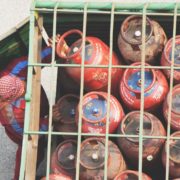 Agriculture and natural resources, Governance and public sector management, Health, Poverty, Social development and protection
Agriculture and natural resources, Governance and public sector management, Health, Poverty, Social development and protection
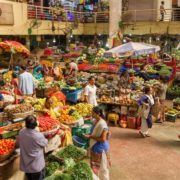
Linking Farmers to Markets Through Agricultural Cooperatives and E-Commerce in Asia

Market participation profoundly impacts farmers’ livelihoods and well-being by boosting household incomes and contributing to food and nutrition security.
Climate-Smart Agriculture for a Sustainable Future

Climate-smart agriculture is crucial for increasing farmers' resilience to climate change and promoting a sustainable future for agricultural sectors.
Revitalizing South Asia’s groundwater resources with direct-seeded rice

Direct-seeded rice contributes to lower greenhouse gas emissions, benefiting the environment, and increasing farmers’ total income by reducing cultivation costs.
Enhancing food supply chain governance with blockchain

Blockchain can be a valuable tool for avoiding failures in the food supply chain by opening avenues for enhancing redistribution and accountability for both food producers and consumers.
Managing water resources in agriculture can ensure food and water security

The unsustainable use of water resources in agriculture will have severe implications for future food and water security.
Understanding the multifunctionality of agriculture production for sustainable rural livelihoods

Multifunctionality is associated with human activities that perform multiple functions and generate ecosystem services that can be positive or negative.
Japan guides the way on smart farming technology adoption

Japan is highly developed in smart farming areas and has adopted a variety of cutting-edge digital technologies.
Integrated solutions to rangeland degradation in Mongolia

The Mongolian rangelands are sensitive to climate change and variability, and their degradation has been alarming.
Driving household energy modernization in South Asia amid COVID-19

Policy makers must consider the possible impacts of the pandemic on households’ energy choices and their access to clean fuels.
Rebooting food systems to achieve the unfinished agenda of global food security

Food insecurity continues to be a pressing issue worldwide, despite scientific innovation and technological advancements in agriculture. Therefore, food security continues to be at the center of the global development agenda. The burgeoning demand for food due to exponential growth in the world’s population and the mismatch between demand and supply due to factors such as climate change, loss of soil fertility, land degradation, water scarcity, food loss and waste, and inefficient distribution systems, have exacerbated the problem of food insecurity.


Search
Subscribe / Connect to Asia Pathways
Subjects
- Agriculture and natural resources
- Blog
- Capacity development
- Climate change
- Economics
- Education
- Energy
- Environment
- Finance sector development
- Gender
- Governance and public sector management
- Health
- Industry and trade
- Information and Communications Technology
- Infrastructure
- Miscellaneous
- Population
- Poverty
- Private sector development
- Regional cooperation and integration
- Sanitation
- Social development and protection
- Transport
- Uncategorized
- Urban development
- Video Blog
- Water
Recent Posts
- Unraveling the Health Risks of Climate Change
- Linking Farmers to Markets Through Agricultural Cooperatives and E-Commerce in Asia
- How Can Governments Support Electricity Distribution to Achieve Net Zero in Asia?
- Promoting Corporate Climate Action Through Greenhouse Gas Accounting
- Evaluating G7 Commitments on Climate Change, Health, Well-Being, and Agriculture




Recent Comments